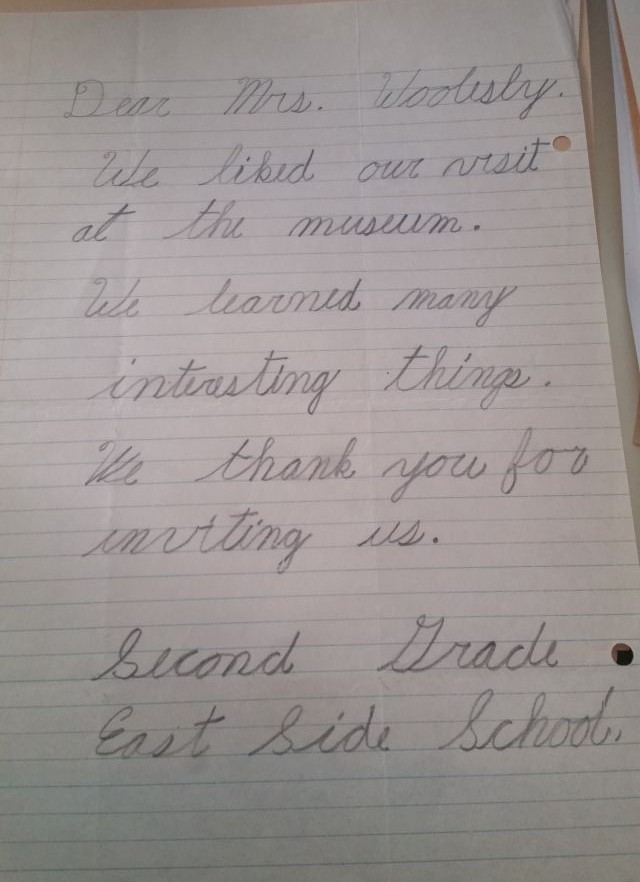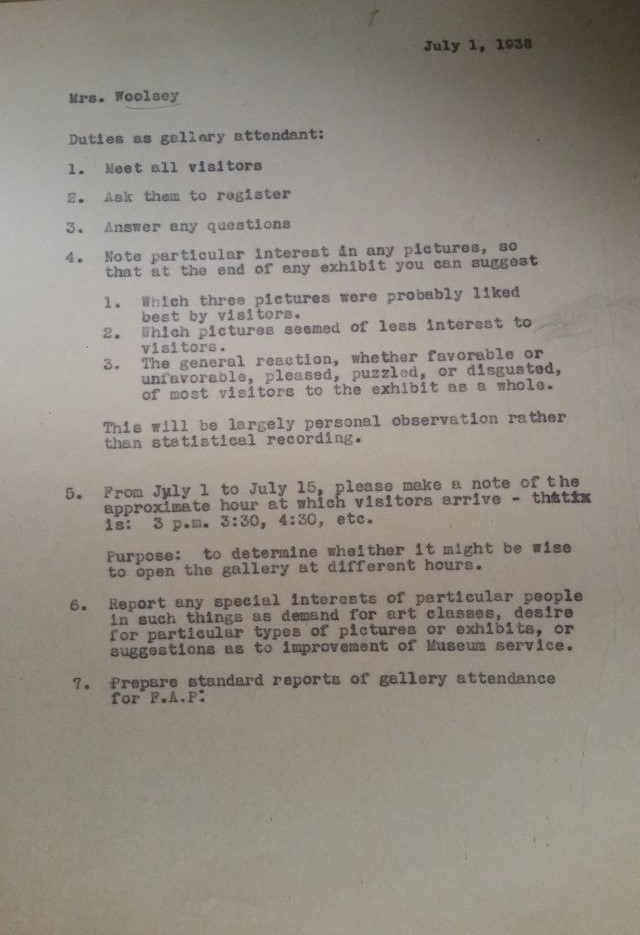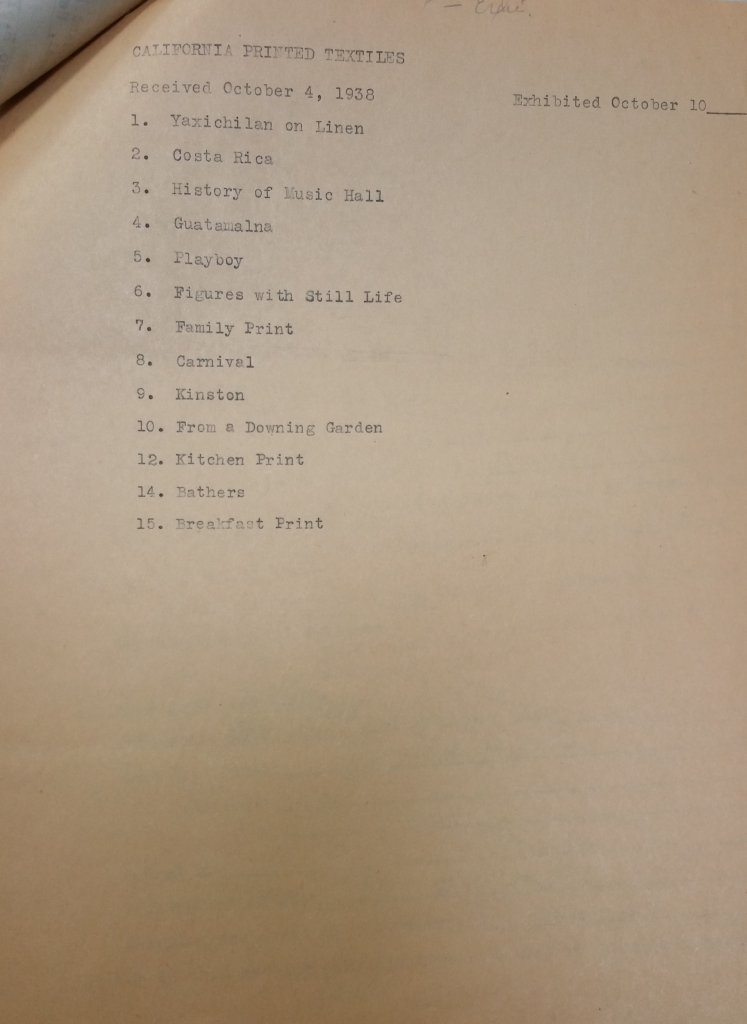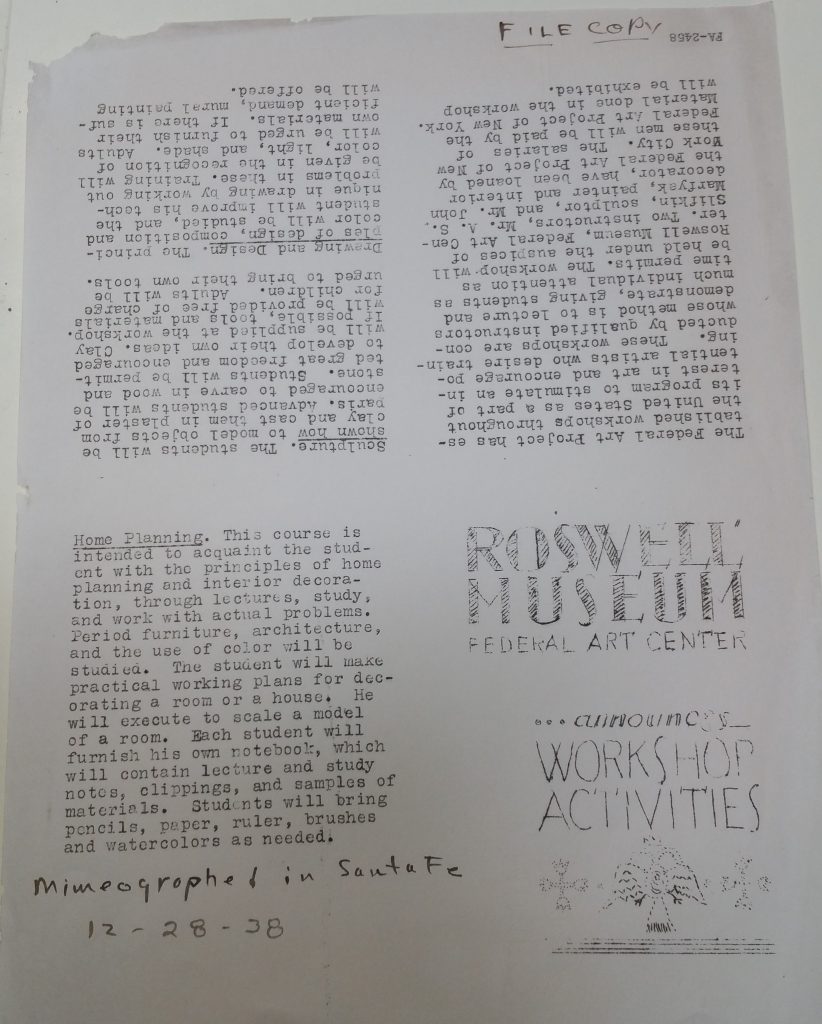Last week I talked about a variety of readings that explored the allure of archival research, from the tantalizing yet ultimately impossible pursuit of origins as detailed by Derrida’s Archive Fever, to the seductive yet deceptive appeal of historical artifacts providing an unmitigated connection to the past, as explored in Carolyn Steedman’s Dust. Other authors, however, have explored the challenges of archival research, whether through interrogating the archive as an affirmation of state power and violence, or developing new methods for creating and researching archives that include marginalized voices. Today then, I’d like to explore some of these readings, and more broadly the idea of archival messiness.
The politicized nature of the archive as both a concept and a tactile repository for historical documents is not a new idea. Particularly when it comes to colonial archives, a popular method of research has been to read documents “against the grain,” in an effort to explore moments of resistance to state authorities. Within the last decade or so, however, other scholars have been questioning the efficacy of such resistance-focused approaches, as it not only overlooks the vast majority of historical documents, but neglects to account for the insidiousness of the state apparatus itself by instead highlighting pluckier moments of resistance.
That is the angle that two of the authors I’ve read have taken, but with different emphases. In Along the Archival Grain, Ann Stoler takes a critical look at common sense as exerted through colonial authorities. She posits that colonial powers asserted their authority not solely through reason and rationality, as has been conventionally been assumed, but also through affect, specifically uncertainty and fear. To tease out these emotions, she reads documents for moments of uncertainty from colonial authorities, particularly when it comes to the terminology and treatment of children produced through miscegenation. In this work, Stoler isn’t so much interested in resistance against the state as she is in discerning moments of uncertainty within the state itself, emphasizing that colonial infrastructures, far from consistent or permanent, were instead amorphous and prone to fluctuation.
Marisa Fuentes’ Dispossessed Lives also reads colonial documents along the grain, but with the intent of emphasizing the violence defining the colonial state. Focusing on enslaved women in the Caribbean, Fuentes examines the lives of women who have been lost to the historical record. To do this she employs a variety of interpretive techniques, from analyzing the spatial layout of Caribbean cities and the way their architecture reinforced racial and classist hierarchies, to taking abolitionist texts and inverting their perspective to focus on the actions of the enslaved people they discuss. Fuentes deliberately concentrates on women who have disappeared from the historical record in order to underscore the extent to which the violence of the colonial state affected the lives of enslaved people. By focusing solely on moments of resistance, she argues, we in essence take a neoliberal approach to historical memory by putting the onus of remembrance on the individual. Unless you actively resist, in other words, something not everyone had the means or resources to do, your life doesn’t deserve to be remembered. Additionally, Fuentes argues that focusing on moments of resistance, while important, overlooks how extensively the state endeavored to deny agency to enslaved people. Reading archival documents with this oppression in mind, Fuentes concludes, underscores the trauma of the colonial state while also bringing attention back to forgotten lives.

Other works focus on the material challenges of the archive itself. Lori Emerson explores in Reading Writing Interfaces how interfaces in the form of writing utensils shape both the format and content of creative production. In particular, she expresses concern over ostensibly user-friendly computers, smartphones, and related technologies, arguing that these devices derive their seeming ease of use from their invisible interfaces, with their inner workings concealed from users. Consequently, she argues that because such devices are nearly impossible to tinker with, we cannot discern how they influence us. Most unsettlingly, as she posits with the algorithms of Google and related search engines, such devices not only shape how we write, but what we write, with the ultimate objective being to transform us from producers to consumers.
The essays in the anthology Residual Media also consider the challenges that come with retaining old materials, both from an ecological standpoint as well as from an intellectual or cultural perspective. As Will Straw argues in his essay, for instance, the omnipresence of older media through the Internet not only means that the past is always with us, but that any new content produced must compete with older media for attention. Consequently, new media continues to resemble old media in content and style, limiting the possibilities for innovation (just think of how many movies that come out are remakes, sequels, or entries in a franchise).
While the archival documents I work with predate the technologies Emerson describes, the idea of interfaces shaping both the method and content of writing is still applicable. Most of the surviving documents I encountered in the Roswell Museum archive were written on typewriters, a significantly different technology from the computer (and one far less forgiving of typos). How did that technology shape the daily routine of the people who wrote on it? How did it influence their writing process and the kind of content they wrote? Given that the Community Art Center Project documents were intended to circulate both locally and nationally, questions of how they were written are definitely worth exploring.
Another group of readings explores how to both create and research archives, with the intention of bringing attention to marginalized groups. In Ephemeral Material, Alana Kumbier outlines a practice of queer archiving. She advocates for a ground-up approach, with archivists approaching communities as collaborators rather than authorities. A key part of her practice is having archivists listen to different communities, and offer resources based on what they need, whether it’s archival training or materials for preservation. In other words, Kumbier advocates having archivists view the communities they work with as the authority, rather than the other way around. Her people-focused practice parallels Dr. Catherine Knight-Steele’s discussion of digital black feminism from the recent CDHC symposium I attended, which similarly advocated for putting people before things.
The idea of listening and working with communities to fulfill their respective needs is a common thread throughout much recent feminist scholarship in particular. Whereas first-generation feminist scholars focused on recovering the lives of historical women through archival research, the authors in more recent texts such as Archives and New Modes of Feminist Research argue for a more nuanced approach that questions the axiom of archival completeness as key. Instead, acknowledging archival silences as a means of resistance to colonial states, or even enabling the destruction rather than preservation of documents, may be more important to a specific community rather than preservation. An ethical feminist practice requires listening to these different groups or communities and respecting those requests.
This last point is admittedly a challenging concept for me on an emotional level. As a museum person, I’ve been trained to believe that everything should be preserved, but as these essays make evident, that may not be desirable for every community. At its core, it raises an important question: should information be free and universally accessible? I’ve always assumed to answer to be yes, but as these readings make evident, the realities are more complicated.

Still, these readings do raise important questions for my own research moving forward. I know that the Roswell Museum archive and others like it are politicized in that they represent a federal voice, but what about the local communities mentioned in them, or excluded altogether? How do we recover the voices of the visitors who have disappeared from the historical record? What are the needs and expectations of the descendants of those visitors, and how can I as an ethical researcher respect those needs while completing my own work?
The main thing I’ve learned from these readings is to keep my own expectations flexible. As I encounter new archives, art centers, and affiliated communities, I’ll most likely need to adjust my research questions and approaches. After all, real people, not abstractions or concepts, experienced these places, and their memories need to be respected accordingly.






